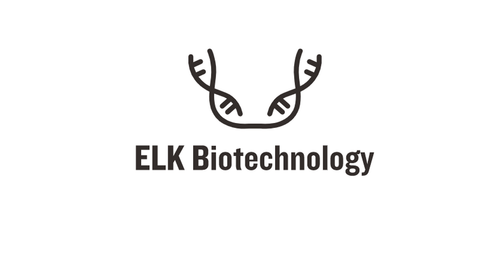Product Description
Human Sulfatase-modifying factor 1 (SUMF1) ELISA Kit | AE15905HU | Abebio
Species Reactivity: Human (Homo sapiens)
Abbreviation: SUMF1
Alternative Name: UNQ3037; AAPA3037; FGE; MGC131853; MGC150436; C-alpha-formylglycine-generating enzyme|FGly-generating enzyme
Application: ELISA
Range: 0.156-10 ng/mL
Sensitivity: 0.064 ng/mL
Intra-Assay: ≤4.3%
Inter-Assay: ≤7.5%
Recovery: 1, 01
Sample Type: Serum, Plasma, Other biological fluids
Detection Method: Sandwich
Analysis Method : Quantitive
Test Principale: This assay employs a two-site sandwich ELISA to quantitate SUMF1 in samples. An antibody specific for SUMF1 has been pre-coated onto a microplate. Standards and samples are pipetted into the wells and anySUMF1 present is bound by the immobilized antibody. After removing any unbound substances, a biotin-conjugated antibody specific for SUMF1 is added to the wells. After washing, Streptavidin conjugated Horseradish Peroxidase (HRP) is added to the wells. Following a wash to remove any unbound avidin-enzyme reagent, a substrate solution is added to the wells and color develops in proportion to the amount of SUMF1 bound in the initial step. The color development is stopped and the intensity of the color is measured.
Product Overview: Sulfatases catalyze the hydrolysis of sulfate esters such as glycosaminoglycans, sulfolipids, and steroid sulfates. C-alpha-formylglycine (FGly), the catalytic residue in the active site of eukaryotic sulfatases, is posttranslationally generated from a cysteine by SUMF1, the FGly-generating enzyme (FGE), in the endoplasmic reticulum (ER) . The genetic defect of FGly formation caused by mutations in the SUMF1 gene results in multiple sulfatase deficiency (MSD), a lysosomal storage disorder (Roeser et al., 2006) .Highly expressed in kidney, pancreas and liver. Detected at lower levels in leukocytes, lung, placenta, small intestine, skeletal muscle and heart.
Stability: The stability of ELISA kit is determined by the loss rate of activity. The loss rate of this kit is less than 5% within the expiration date under appropriate storage condition. The loss rate was determined by accelerated thermal degradation test. Keep the kit at 37°C for 4 and 7 days, and compare O.D.values of the kit kept at 37°C with that of at recommended temperature. (referring from China Biological Products Standard, which was calculated by the Arrhenius equation. For ELISA kit, 4 days storage at 37°C can be considered as 6 months at 2 - 8°C, which means 7 days at 37°C equaling 12 months at 2 - 8°C) .
 Euro
Euro
 USD
USD
 British Pound
British Pound
 NULL
NULL








